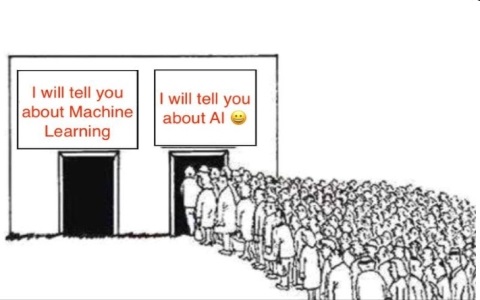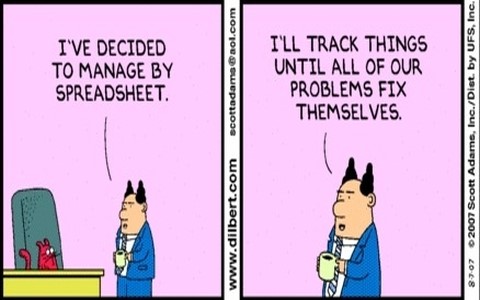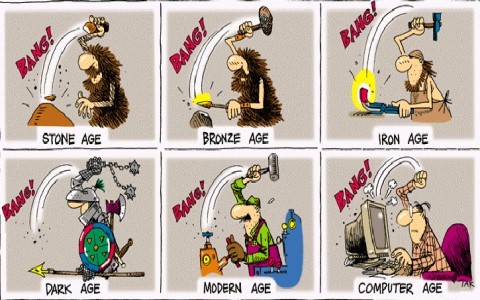Blame unrealistic technology hype and media misinterpretations for all this misunderstandings. AI and ML are science's that's often misunderstood by those who are outside the field - and sometimes even within the realm. AI and ML related misconceptions have arisen primarily due to the following:
- Lack of authoritative facts.
- Evolving nature of the industry.
- General flaws in human logic.
Myth: AI and ML are the same and interchangeable
Both are closely associated; Machine Learning is a subset of Artificial Intelligence. AI is an umbrella term that includes ML, robotic process automation(RPA), deep learning(DL) and natural language processing(NLP) and much more. Machine learning is the statistical-based methodology used for training AI systems.
Myth: Machines learn from experiences
In fact, the opposite is true. Machines do not know what to learn. Machines do not understand how to learn. Human programmers design the learning architecture for an AI. The learning can be supervised, unsupervised or reinforced learning. Machine learning isn't dependent on experiences, but rather on data. You can't just turn a computer loose to attempt to solve a problem-machines need data to learn from and create algorithms to apply to future situations.
Myth: AI systems work exactly like the human mind
Any 3 year old can tell you the difference between a cat and a dog in less than a second with 100% accuracy. So far, no AI algorithm can match this. When we describe AL and ML, often we use some terms such as 'neurons,' 'think,' 'learn,' and understand,'; loosely. Although, this can simplify the meaning of the software function, this can lead people to mistaken conclusion that AI or ML works in the same way as human minds. Computers are good at doing certain tasks; fast and repetitive; provided they are programmed that way. And that's it.
Myth: AI will replace human workers
Arguably the most widespread and potentially dangerous misconception about AI is that it will take away jobs from humans and will make them useless. Yes, automation through computers is leading to the increased redundancy of a number of certain low-skilled jobs, but this trend has been significantly overblown in recent years. In addition, most scientific estimates demonstrate that computers create jobs than it displaces. According to my estimate, roughly 20% of the global workforce is directly working with in the IT industry. They are the one making the computers to work; and rest 80% or so are using it as a tool. Did car industry put bicycle companies out of work ? And then again, how many people are employed in car industry ? Just think about it.















